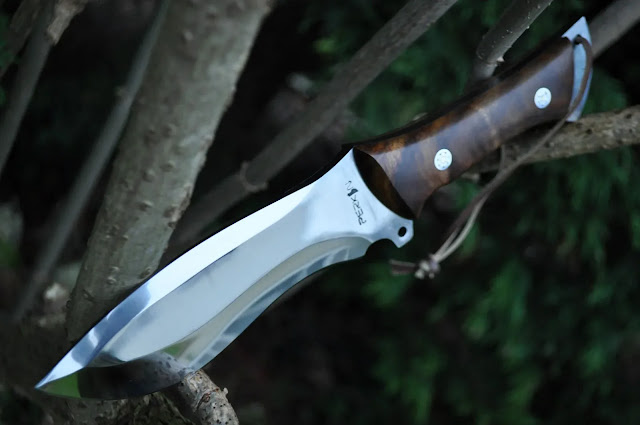Damascus Steel: Some Unknown Facts On How It Was Made
Damascus steel is a popular metal used to make weapons such as knives. It is known for its strength and flexibility. Knives made out of Damascus are far more superior than iron. If you are not familiar with this particular metal, read on to know the different types of Damascus steel.
Cast Damascus
When it comes to Damascus steel, there is no replication being made as it was cast through wootz which is a steel type made in India more than 2000 years ago. Wootz was produced in India and the weapons and other tools made of this metal became highly popular as trade items in Damascus city. The concept to design wootz was unfortunately lost in the 1700s and hence the source to make this steel was lost too. There has been a great amount of effort put into the research to replicate this particular steel, but it was not successful.
The cast wootz steel was designed by melting both steel and iron together using charcoal in a low atmosphere. The metal began absorbing carbon from charcoal in these conditions. Due to slow cooling of alloy, crystalline material with carbide content came into existence. Damascus steel became popular when it was made by forging wootz on swords and other weapons. It needed higher skills to keep the temperature consistent to produce steel.
Pattern Welded Damascus Steel
When you buy a hunting knife with a folding mechanism made of Damascus steel, you can be assured of its durability. Knives and other items designed using this metal have a tendency of bearing the fluid pattern all along with the metal and acquire most of the features like that of the actual Damascus metal. Pattern welded steel is designed by layering steel and iron and forging these metals simultaneously. They are hammered at high temperature to prepare a welded bond.
The Damascus steel might have been formed in Damascus during some point and the design also has some resemblance with damask. Thus, there is no denying that Damascus steel did become a popular item for trading in the city. Today, it is widely used to make distinct styles and patterns of knives for hunting, cooking, survival and more.



.png)

Comments
Post a Comment